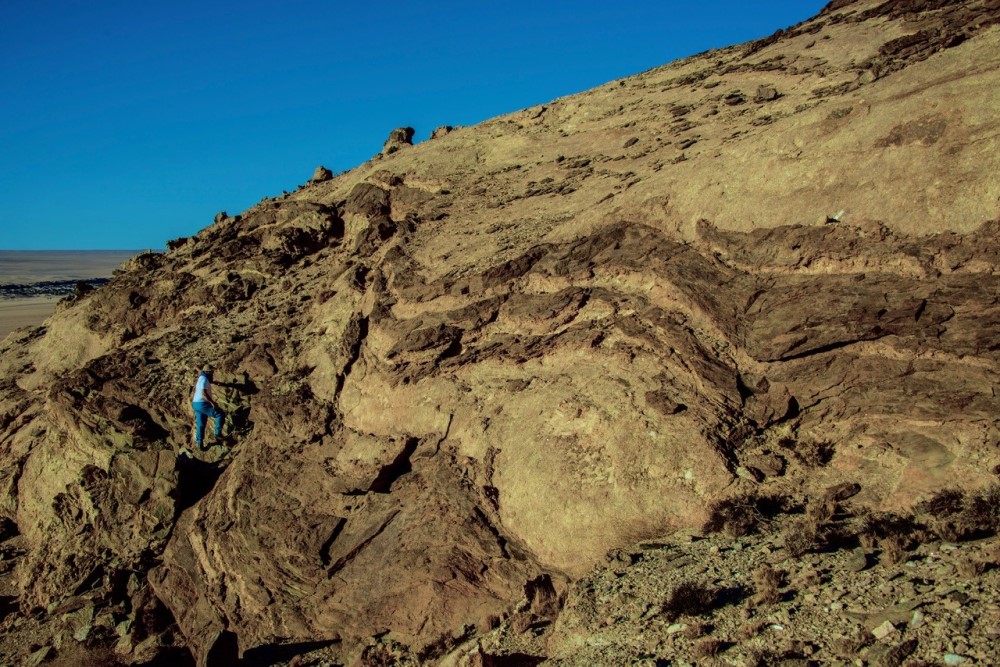Hot not boring: Mountain building may have looked different a billion years ago
September 10, 2021
Share

The earth’s crust was unusually thin during the mid-Proterozoic period — about 1.8 to 0.8 billion years ago, before complex life flourished — recent research has unveiled. Some geologists have dubbed the period the “boring billion,” arguing that the thin crust during this time was a sign that no mountain-building events were happening, thus delaying the evolution of life. Chris Spencer (Geology) disagrees, believing this interpretation goes against the geological record.
Dr. Spencer says this explanation is contradicted by the billion-year-old mountain belts found on every continent on the globe, which indicate there was mountain building taking place. In a recently published paper in Geophysical Research Letters, Dr. Spencer provides an alternative explanation for thin continental crust during the mid-Proterozoic period.
“The conundrum is how can you have mountain-forming events like the Himalayas, but have thin crust? What inspired me to write this paper was to try and resolve this question,” Dr. Spencer says. “We posit the reason is that the continental crust was hot, and there’s a lot of geological and geochemical evidence to support that the crust was abnormally hot during this time. When you have hot crust, it means you can’t stack the mountains very high. Because as tectonics tries to stack the mountains higher and higher, the hot crust allows it to flow back to a lower edifice rather than the higher Himalayan-style mountains with very thick crust.”
The geological record supports this theory. Igneous and sedimentary rocks metamorphose under heat and pressure, and depending on how high or low the heat or pressure is, different minerals will form. The geologic record at this time shows that the majority of metamorphic rocks on the planet underwent low pressure and high temperature metamorphism. Dr. Spencer says some of the highest temperatures ever recorded by metamorphic rocks are during this interval of time. Even more telling than the minerals that are present is how deformed these rocks are.
“If increased mantle heat alone was the cause of such high-temperature metamorphism then the rocks wouldn’t necessarily deform. However, the fact that these rocks are folded and contorted, not only do we have evidence for high temperature metamorphism, but also for intense deformation associated with mountain building — through the collision of different continental plates, creating this hot deformation resulting in relatively thin crust,” Dr. Spencer explains.
Dr. Spencer has spent the last decade travelling the world studying rocks from the mid-Proterozoic era. It was during his travels that he began a blog called Travelling Geologist. Over the years it has turned into a network of geologists and now include the Geology Podcast Network, a YouTube channel, an Instagram account with 57,000 followers, and even a student field scholarship. Dr. Spencer’s passion for geology is one that comes out when he explained how essential mountains are.
The importance of Dr. Spencer’s discovery comes with the knowledge of how vital mountains are for humanity: the majority of our mineral resources are found in mountain systems, and mountains affect the climate and the hydrological cycle.
“As we understand how mountain systems have changed through time, it gives us a window into the evolution of the Earth as a planetary system,” Dr. Spencer says. “This has implications for understanding long-term climate change, and it has implications for understanding our mineral resources through time.”